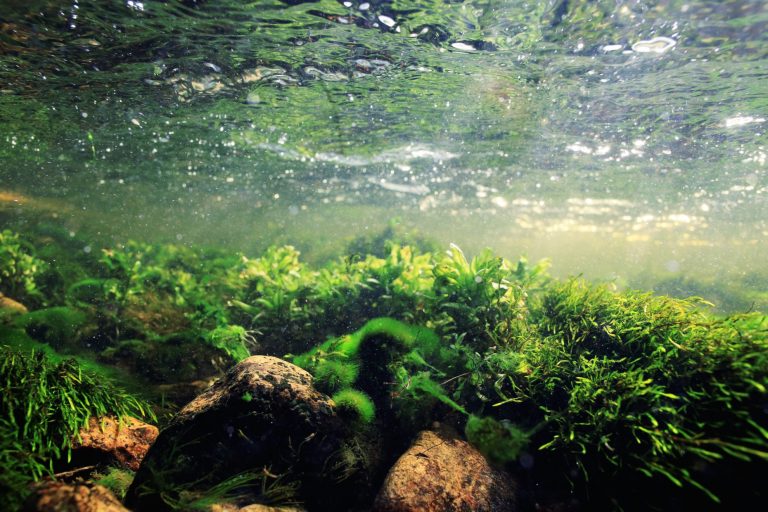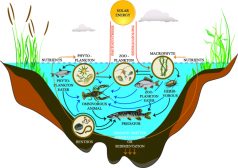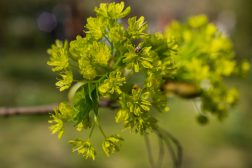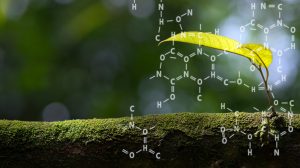Lotic Communities & Algae

Lotic community of algal species
In general, the diversity of plant species in a lotic community is small compared to that of a still water (lentic) community although small parts of the lotic community host similar conditions to that of a lentic community. Most plants have gone through evolutionary adaptations to cope with the force and different conditions that running water brings. Such adaptations have allowed a number of species to successfully take advantage of the lotic community as their ecological niche.
As these conditions are harsher for a typical species of plant, more notably larger plants, smaller species have found the conditions of the lotic community more favorable. This is due to the fact that they are more flexible in regards to the physical conditions of the water. Algae can grow in all sorts of different places and surfaces, and therefore are a successful constituent of the running water ecosystem. Most of these algae have developed evolutionary adaptations over time that prevent the water current sweeping them away.
You may want to learn more about natural selection if you are unfamiliar with evolution and adaptation
There are many species of algae, all of which are capable of growing and reproducing at a quick rate. This consequence results in competition for niches in the freshwater environment, and in light of this, colonies of algae can heavily occupy one area at one moment in time and weeks later they can be succeeded by another species who can succeed in the conditions more favorably.
Algae are also the primary producers of this community, meaning they harness new energy into the ecosystem from the sun which provides the primary consumers with a valuable food source. With this in hand, it is apparent why algae populations and where they can be found in the lotic community is variable on a short-term basis.
You will also like...

Population Regulation in an Ecosystem
With regard to the population size of a species and what factors may affect them, two factors have been defined. They ar..

Abiotic and Biotic Factors
This tutorial deals with the abiotic factors of the freshwater environment that determine what sort of life would be sui..

The Gene Pool and Population Genetics
According to Charles Darwin's theory of natural selection, preferable genes are favored by nature in the gene pool, and ..

Freshwater Producers and Consumers
Freshwater ecosystem is comprised of four major constituents, namely elements and compounds, plants, consumers, and deco..

Gibberellins and Gibberellic Acid
This tutorial describes the role of gibberellin family in plants. Find out the effects of gibberellin on plant growth an..

Effect of Chemicals on Growth & Development in Organisms
Plants and animals need elements, such as nitrogen, phosphorus, potassium, and magnesium for proper growth and developme..
